Accurate Determination of the Q Quality Factor in Magnetoelastic Resonant Platforms for Advanced Biological Detection
Abstract
:1. Introduction
2. Experimental
2.1. Material: Magnetic and Magnetostrictive Characterization
2.2. Magnetoelastic Characterization
3. Results: Determination of the Quality Factor Value
3.1. Full Susceptibility Curve Analysis at Resonance
3.2. Numerical Fitting of the Magnitude of the Susceptibility Curve
3.2.1. Numerical Fitting of the Susceptibility Curve Using Fixed Parameters
3.2.2. Numerical Fitting of the Susceptibility by Leaving All Parameters Free
3.3. An Exact Expression for the Factor
4. Discussion
5. Conclusions
Acknowledgments
Author Contributions
Conflicts of Interest
References
- Grimes, C.A.; Seitz, W.R.; Horn, J.; Doherty, S.A.; Rooney, M.T. A remotely interrogatable magnetochemical pH sensor. IEEE Trans. Magn. 1997, 33, 3412–3414. [Google Scholar] [CrossRef]
- Stoyanov, P.G.; Doherty, S.A.; Grimes, C.A.; Seitz, W.R. A remotely interrogatable sensor for chemical monitoring. IEEE Trans. Magn. 1998, 34, 1315–1317. [Google Scholar] [CrossRef] [PubMed]
- Grimes, C.A.; Mungle, C.S.; Zeng, K.; Jain, M.K.; Dreschel, W.R.; Paulose, M.; Ong, G.K. Wireless magnetoelastic resonance sensors: A critical review. Sensors 2002, 2, 294–313. [Google Scholar] [CrossRef]
- Bouropoulos, N.; Kouzoudis, D.; Grimes, C.A. The real-time, in situ monitoring of calcium oxalate and brushite precipitation using magnetoelastic sensors. Sens. Actuators B 2005, 109, 227–232. [Google Scholar] [CrossRef]
- Grimes, C.A.; Kouzoudis, D.; Dickey, E.C.; Kiang, D.; Anderson, M.A.; Shahidain, R.; Lindsey, M.; Green, L. Magnetoelastic sensors in combination with nanometer-scale honeycombed thin film ceramic TiO2 for remote query measurement of humidity. J. Appl. Phys. 2000, 87, 5341–5343. [Google Scholar] [CrossRef] [PubMed]
- Cai, Q.Y.; Cammers-Goodwin, A.; Grimes, C.A. A wireless, remote query magnetoelastic CO2 sensor. J. Environ. Monit. 2000, 2, 556–560. [Google Scholar] [CrossRef] [PubMed]
- Baimpos, T.; Gora, L.; Nikolakis, V.; Kouzoudis, D. Selective detection of hazardous VOCs using zeolite/Metglas composite sensors. Sens. Actuators A 2012, 186, 21–31. [Google Scholar] [CrossRef]
- Lakshmanan, R.S.; Guntupalli, R.; Hu, J.; Kim, D.J.; Petrenko, V.A.; Barbaree, J.M.; Chin, B.A. Phage immobilized magnetoelastic sensor for the detection of Salmonella typhimurium. J. Microbiol. Methods 2007, 71, 55–60. [Google Scholar] [CrossRef] [PubMed]
- Huang, S.; Yang, H.; Lakshmanan, R.S.; Johnson, M.L.; Wan, J.; Chen, I.H.; Wikle, H.C., III; Petrenko, V.A.; Barbaree, J.M.; Chin, B.A. Sequential detection of Salmonella typhimurium and Bacillus anthracis spores using magnetoelastic biosensors. Biosens. Bioelectron. 2009, 24, 1730–1736. [Google Scholar] [CrossRef] [PubMed]
- Ruan, C.; Zeng, K.; Varghese, O.K.; Grimes, C.A. Magnetoelastic immunosensors: Amplified mass immunosorbent assay for detection of Escherichia coli O157:H7. Anal. Chem. 2003, 75, 6494–6498. [Google Scholar] [CrossRef] [PubMed]
- Luborsky, F.E. Chapter 6: Amorphous ferromagnets in Ferromagnetic Materials. In Handbook of Ferromagnetic Materials; Wohlfart, E.P., Ed.; Elsevier: Amsterdam, The Netherlands, 1980; Volume 1, ISBN 0-444-85311-1. [Google Scholar]
- Stoyanov, P.G.; Grimes, C.A. A remote query magnetostrictive viscosity sensor. Sens. Actuators A 2000, 80, 8–14. [Google Scholar] [CrossRef]
- Sagasti, A.; Gutiérrez, J.; Sebastián, M.S.; Barandiarán, J.M. Magnetoelastic resonators for highly specific chemical and biological detection: A critical study. IEEE Trans. Magn. 2017, 53, 4000604. [Google Scholar] [CrossRef]
- Sagasti, A. Functionalized Magnetoelastic Resonant Platforms for Chemical and Biological Detection Purposes. Ph.D. Thesis, University of the Basque Country (UPV/EHU), Leioa, Spain, 2018, unpublished. [Google Scholar]
- Grimes, C.A.; Kouzoudis, D.; Ong, K.G.; Crump, R. Thin-film magnetoelastic microsensors for remote query biomedical monitoring. Biomed. Microdevices 1999, 2, 51–60. [Google Scholar] [CrossRef]
- Bravo-Ímaz, I.; García-Arribas, A.; Gorritxategi, E.; Arnaiz, A.; Barandiarán, J.M. Magnetoelastic viscosity sensor for on-line status assessment of lubricant oils. IEEE Trans. Magn. 2013, 49, 113–116. [Google Scholar] [CrossRef]
- Sagasti, A.; Bouropoulos, N.; Kouzoudis, D.; Panagiotopoulos, A.; Topoglidis, E.; Gutierrez, J. Nanostructured ZnO in Metglas/ZnO/Hemoglobin modified electrode to detect the oxidation of the hemoglobin simultaneously by cyclic voltammetry and magnetoelastic resonance. Materials 2017, 10, 849. [Google Scholar] [CrossRef] [PubMed]
- Peterson, P.J.; Anlage, S.M. Measurement of resonant frequency and quality factor of microwave resonators: Comparison of methods. J. Appl. Phys. 1998, 84, 3392–3402. [Google Scholar] [CrossRef]
- Cory, D.; Hutchinson, I.; Chaniotakis, M. Introduction to Electronics, Signals and Measurements; Springer: Berlin, Germany, 2006; Chapter 17. [Google Scholar]
- Kaczkowski, Z. Piezomagnetic dynamics as a new parameter of magnetostrictive materials and transducers. Bull. Pol. Acad. Sci. 1997, 45, 19–42. [Google Scholar]
- Du Tremolet de Laichesserie, E. Magnetostriction: Theory and Application of Magnetoelasticity; CRC Press: Boca Raton, FL, USA, 1993; ISBN 0849369347. [Google Scholar]
- Gutiérrez, J.; Barandiarán, J.M.; Nielsen, O.V. Magnetoelastic properties of some Fe-rich Fe-Co-Si-B metallic glasses. Phys. Status Solidi A 1989, 111, 279–283. [Google Scholar] [CrossRef]
- Gutiérrez, J. Propiedades Magnéticas y Magnetoelásticas de Nuevas Aleaciones Amorfas de Interés Tecnológico. Ph.D. Thesis, University of the Basque Country (UPV/EHU), Leioa, Spain, 1992. [Google Scholar]
- Landau, L.D.; Lifshitz, E.M. Theory of Elasticity; Oxford Pergamon Press: Oxford, UK, 1975; p. 116. [Google Scholar]
- Savage, H.; Abbundi, R. Perpendicular susceptibility, magnetomechanical coupling and shear modulus in Tb0.27Dy0.73Fe2. IEEE Trans. Magn. 1978, 14, 545–547. [Google Scholar] [CrossRef]
- Hernando, A.; Madurga, V.; Barandiarán, J.M.; Liniers, M. Anomalous eddy currents in magnetostrictive amorphous ferromagnets: A large contribution from magnetoelastic effects. J. Magn. Magn. Mater. 1982, 28, 109–116. [Google Scholar] [CrossRef]
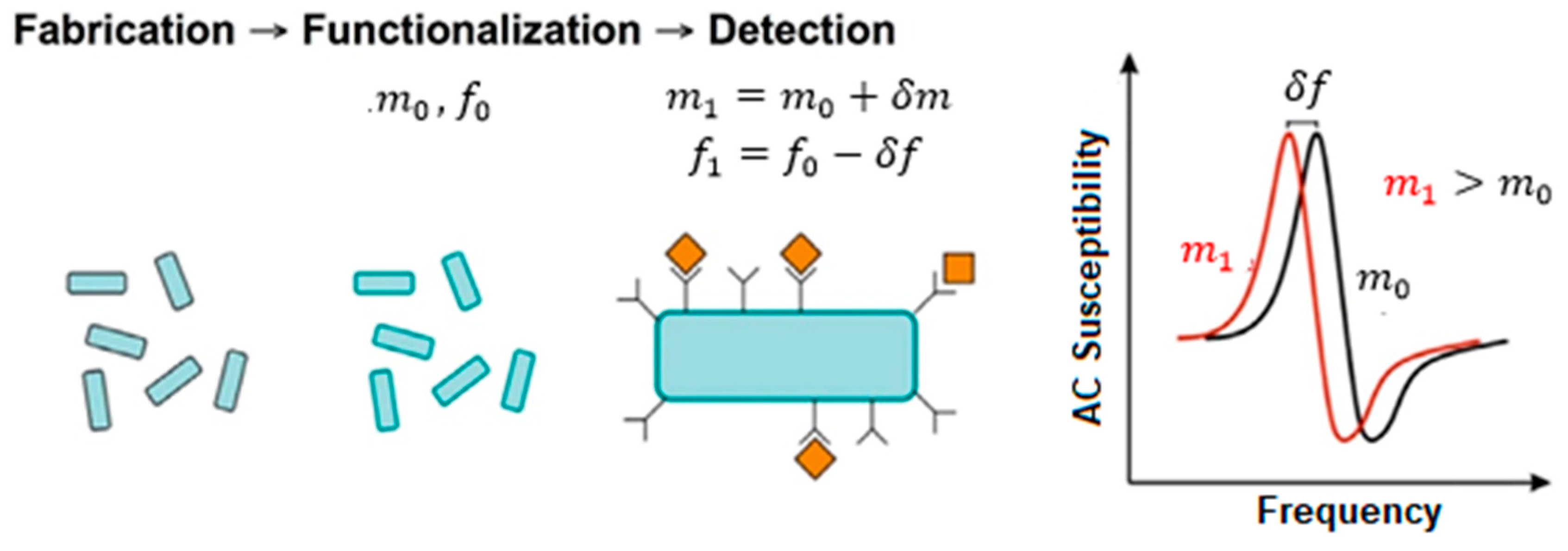
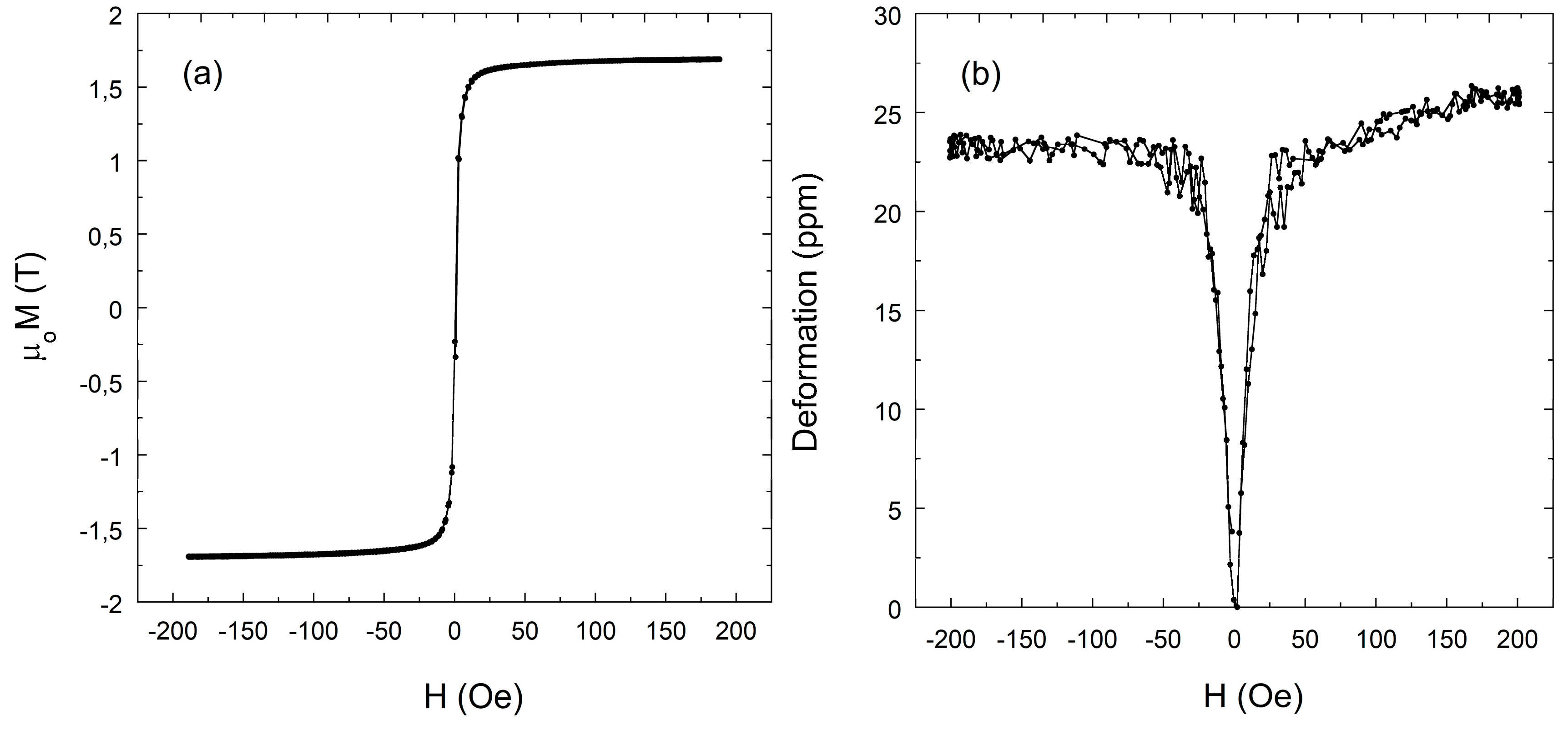
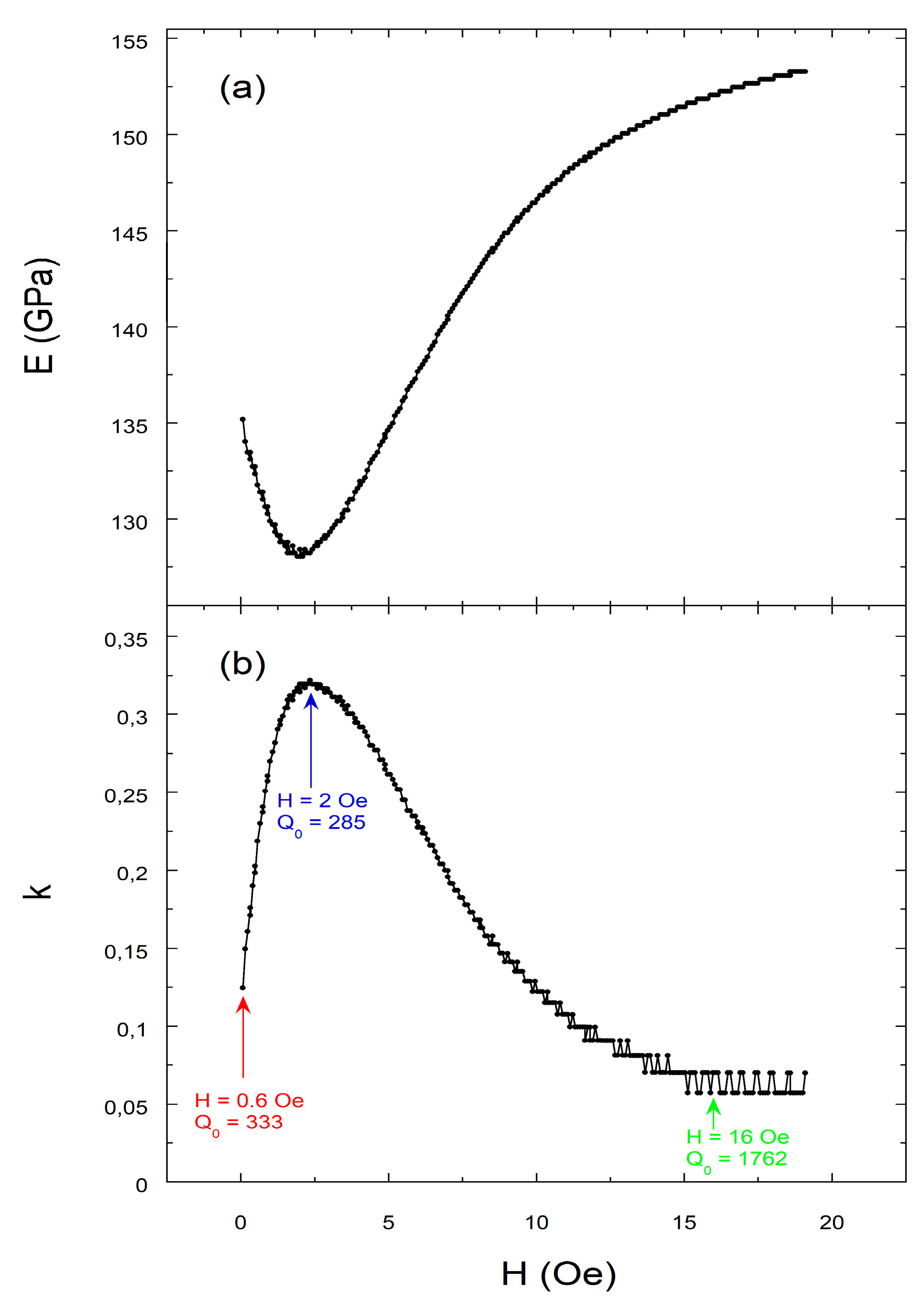
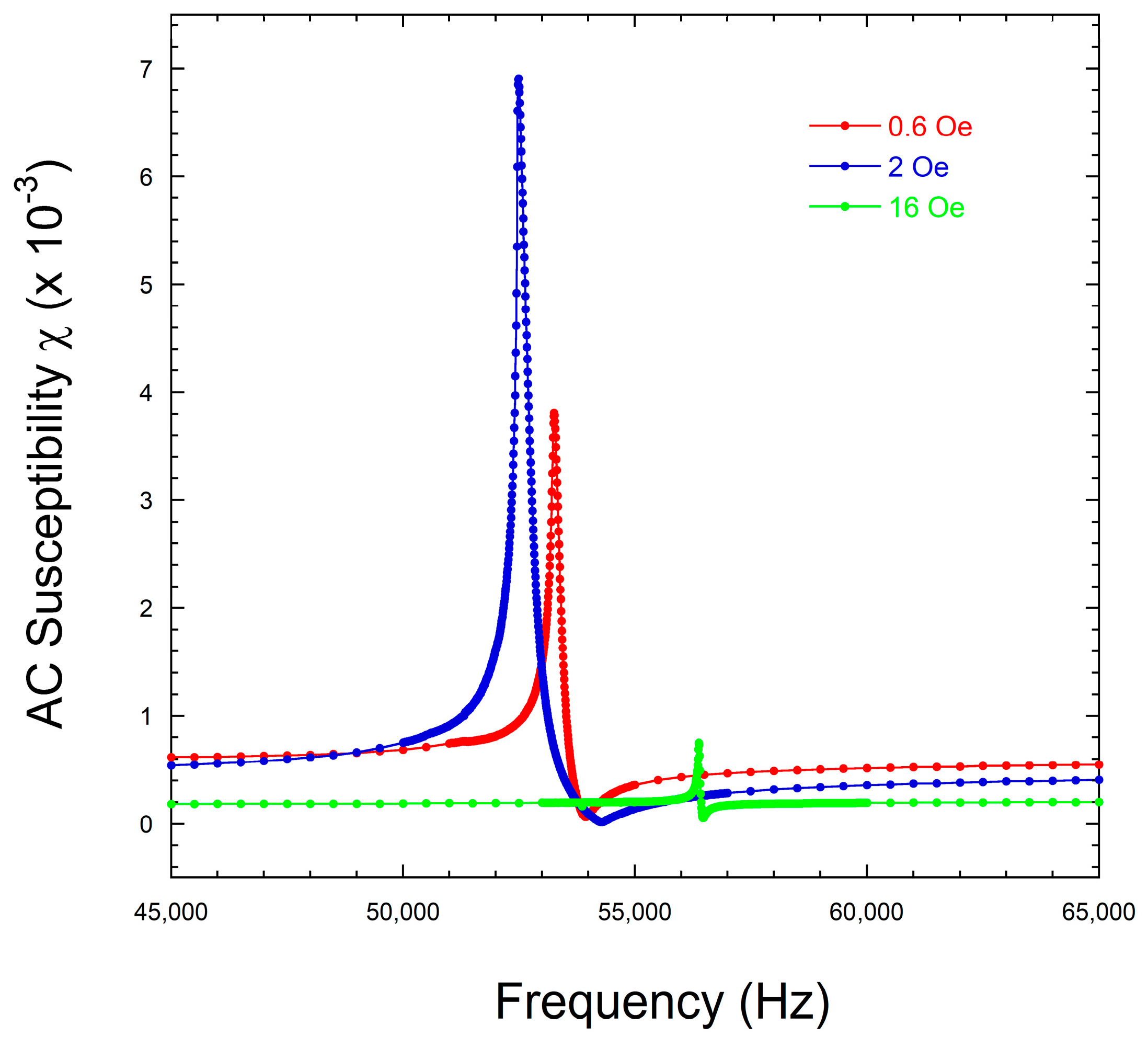
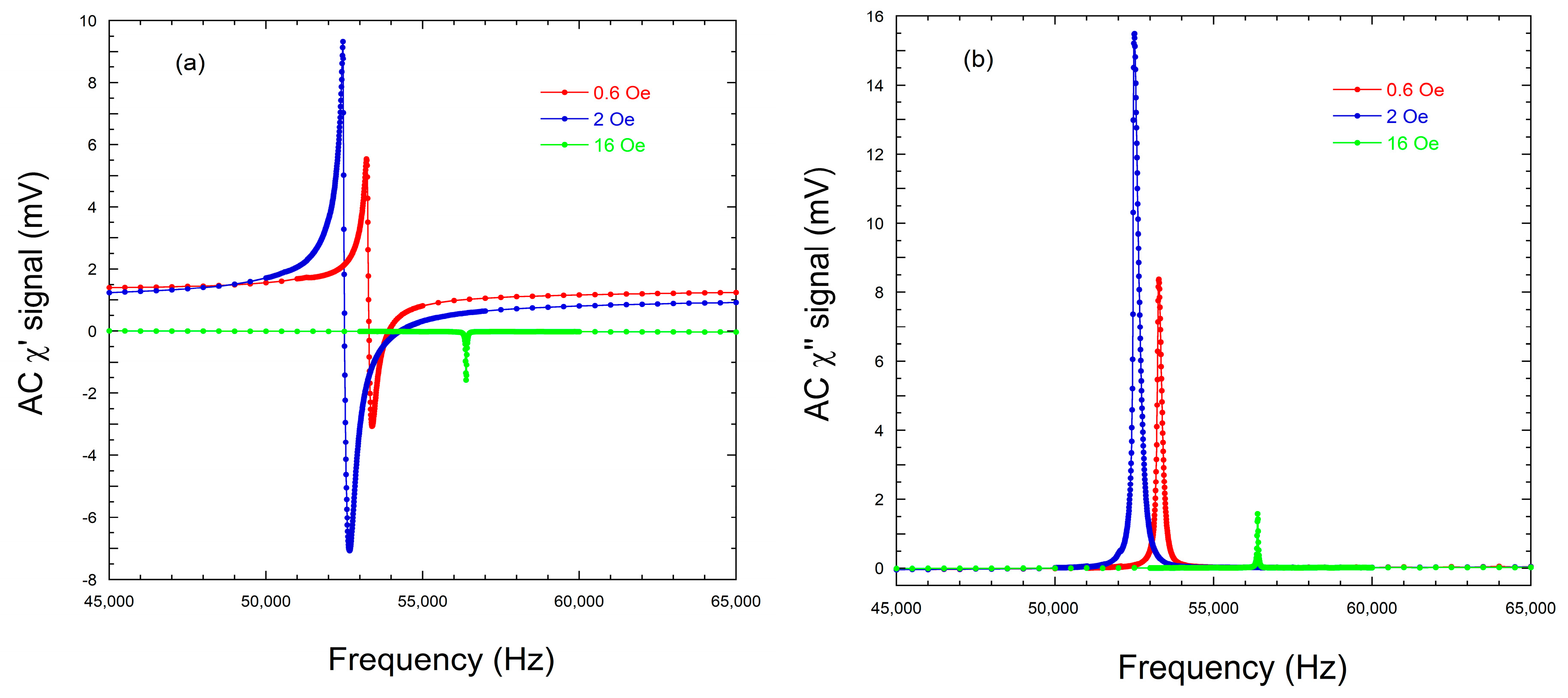
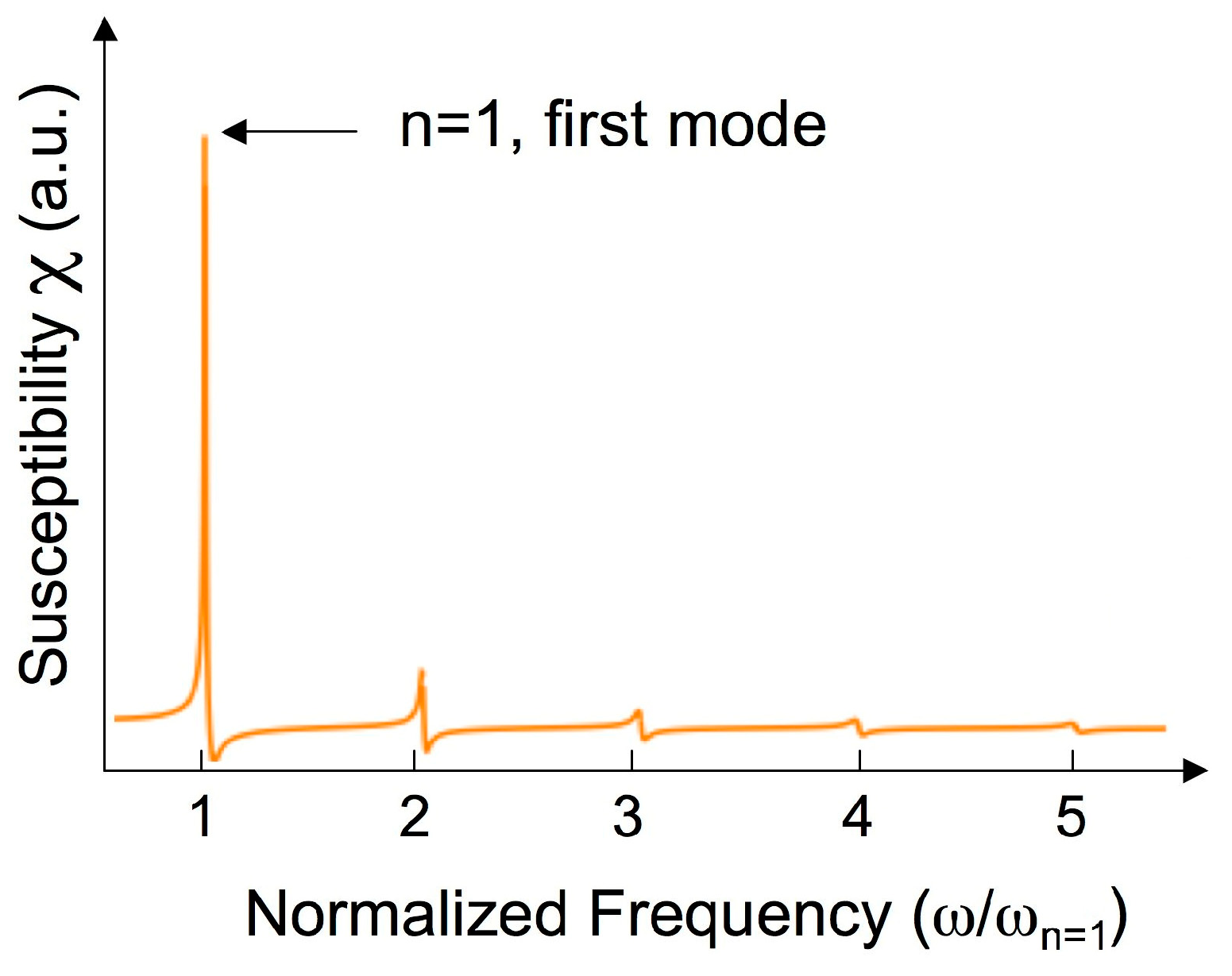

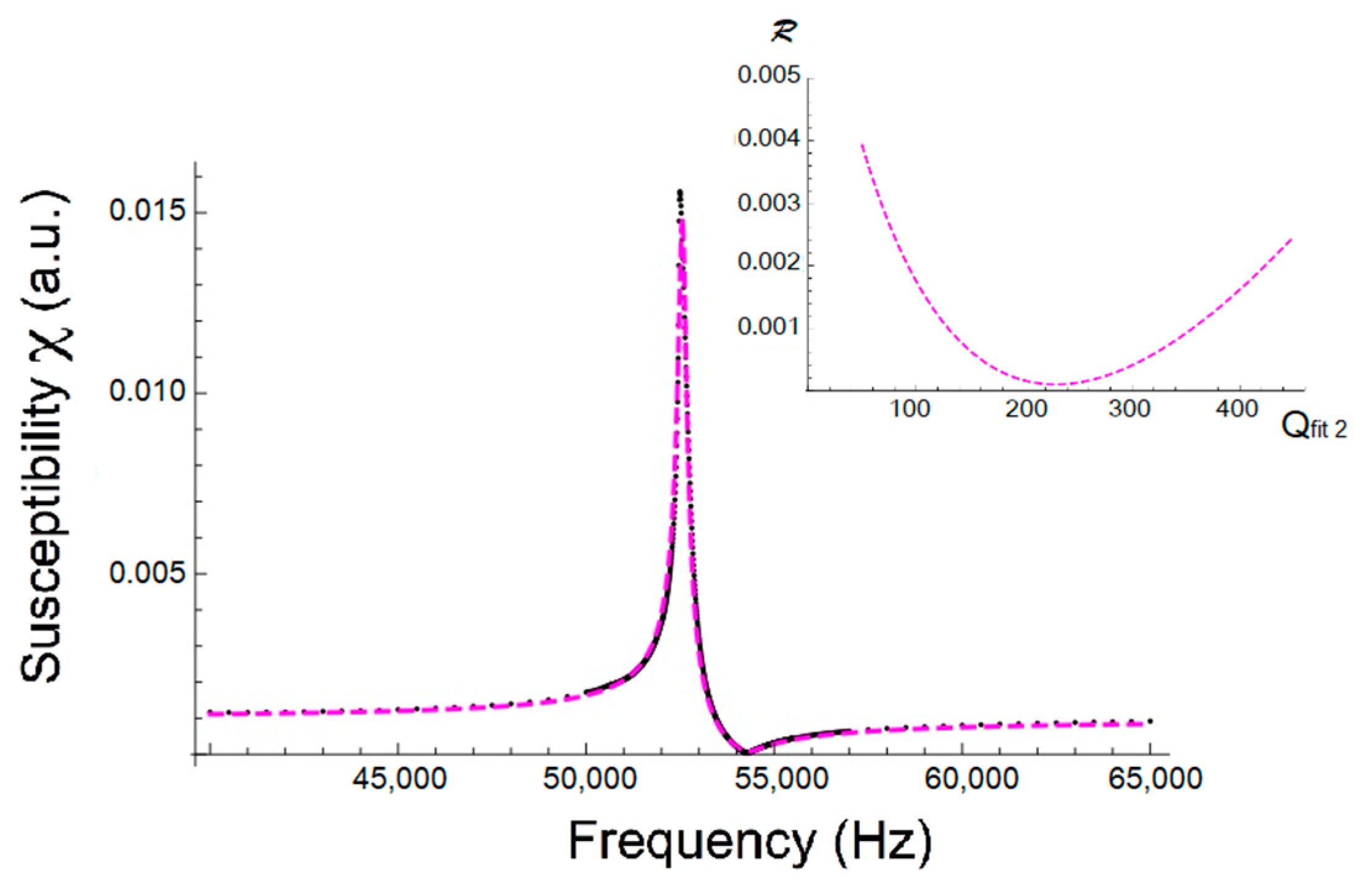
| 290 | |||||
© 2018 by the author. Licensee MDPI, Basel, Switzerland. This article is an open access article distributed under the terms and conditions of the Creative Commons Attribution (CC BY) license (http://creativecommons.org/licenses/by/4.0/).
Share and Cite
Lopes, A.C.; Sagasti, A.; Lasheras, A.; Muto, V.; Gutiérrez, J.; Kouzoudis, D.; Barandiarán, J.M. Accurate Determination of the Q Quality Factor in Magnetoelastic Resonant Platforms for Advanced Biological Detection. Sensors 2018, 18, 887. https://doi.org/10.3390/s18030887
Lopes AC, Sagasti A, Lasheras A, Muto V, Gutiérrez J, Kouzoudis D, Barandiarán JM. Accurate Determination of the Q Quality Factor in Magnetoelastic Resonant Platforms for Advanced Biological Detection. Sensors. 2018; 18(3):887. https://doi.org/10.3390/s18030887
Chicago/Turabian StyleLopes, Ana Catarina, Ariane Sagasti, Andoni Lasheras, Virginia Muto, Jon Gutiérrez, Dimitris Kouzoudis, and José Manuel Barandiarán. 2018. "Accurate Determination of the Q Quality Factor in Magnetoelastic Resonant Platforms for Advanced Biological Detection" Sensors 18, no. 3: 887. https://doi.org/10.3390/s18030887







